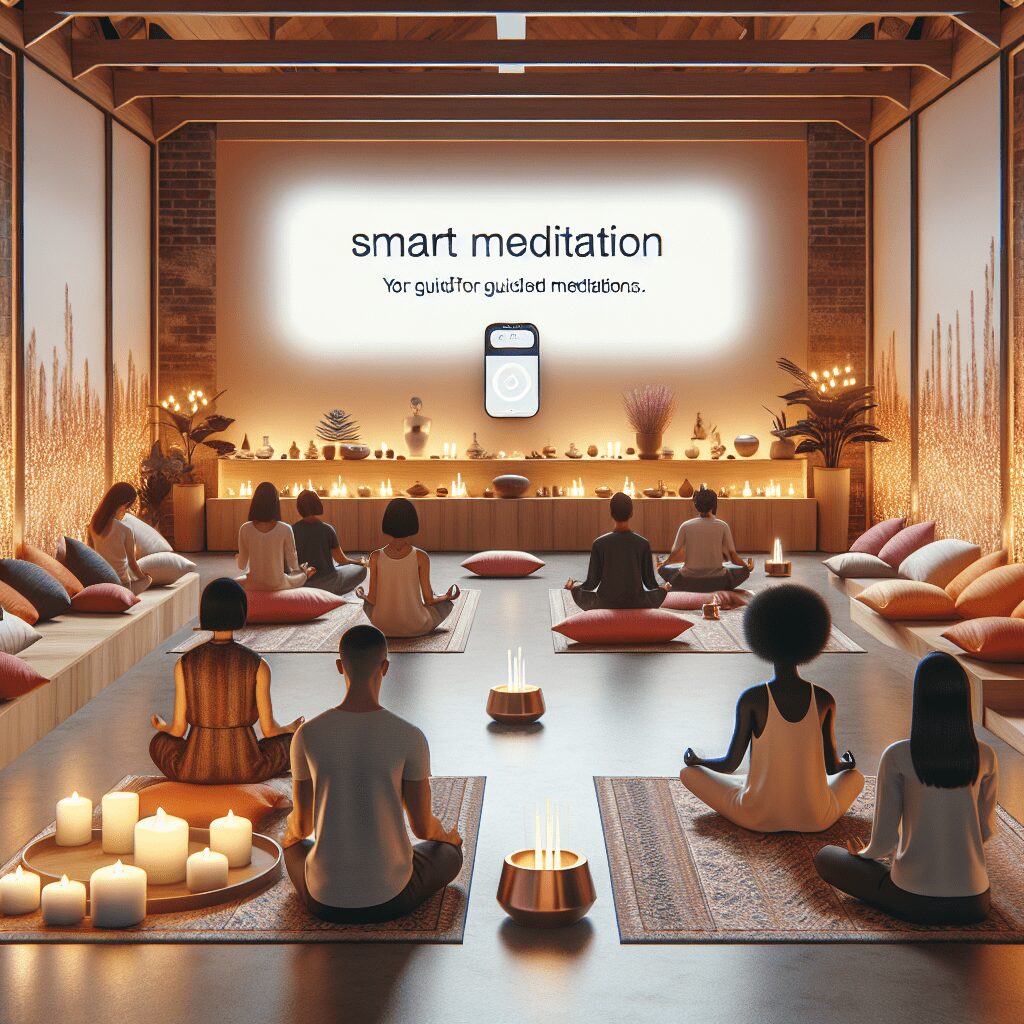
Prioritize your mental well-being daily. Enhance your life by nurturing your mental health with the Smart Meditation app. Break free from stress, alleviate anxiety, and enhance your sleep quality starting today.
Can Xanax And Klonopin Together Cause Depression?
Unraveling the Mystery: Do Xanax and Klonopin Together Amplify Depression?
In the bustling labyrinth of mental health treatment, anxiety disorders often stand out for their perplexing and crippling effects. Among the various solutions offered, Xanax (alprazolam) and Klonopin (clonazepam) are two of the most spotlighted. Both belong to a family of medications known as benzodiazepines, famed for their quick-action relief against anxiety. However, a pressing question looms over their combined use: Can pairing Xanax with Klonopin lead to a downward spiral into depression?
The Benzodiazepine Paradox: Anxiety Relief vs. Depressive Risks
Let’s cut to the chase! When Xanax meets Klonopin, they’re like two peas in a pod—similar, yet each with its unique signature. Both work by enhancing the effects of GABA, a neurotransmitter that puts the brakes on brain activity, leading to a decrease in anxiety. Sounds like a match made in heaven, right? Well, hold your horses, because it’s not all sunshine and rainbows.
Though these medications can be knights in shining armor for those besieged by anxiety, there’s a flip side to this shiny coin. Research has shown that long-term use of benzodiazepines can be associated with an increased risk of depression. It’s a bit of a head-scratcher, isn’t it? These drugs, designed to alleviate anxiety, may inadvertently pave the way for depression.
Peeling Back the Layers: Understanding the Connection
How come, you ask? Well, it seems that our brains don’t like getting too comfy with artificial chill pills. Over time, the brain may reduce its natural production of happiness-inducing neurotransmitters, thinking the benzodiazepines have it covered. This can leave individuals feeling less capable of experiencing joy and more prone to depression, especially when the drugs wear off.
Moreover, the convenience of symptom relief with Xanax and Klonopin may discourage some individuals from pursuing longer-term, more sustainable therapies, such as cognitive-behavioral therapy (CBT). It’s like constantly patching up a leaky boat rather than building a stronger ship.
So, Do They or Don’t They?
Coming down to brass tacks, while Xanax and Klonopin can be life-changing for those grappling with severe anxiety, caution is the word of the day. Their combined use doesn’t automatically doom one to depression; however, the risk looms larger, especially when these meds are taken without proper management or over long periods.
It’s akin to walking a tightrope—balancing the immediate relief from anxiety on one side and the potential for depression on the other. This is where close monitoring by a healthcare professional becomes paramount. They’re the safety net ensuring that, while you’re traversing the tightrope of treatment, you won’t lose your footing.
Navigating the Path Forward
Navigating the murky waters of anxiety medication requires a compass set towards informed decisions. Here’s a little rundown on keeping the balance:
-
Open Dialogue: Keep the communication channels with your healthcare provider wide open. Your experiences, symptoms, and concerns are the North Star guiding the treatment plan.
-
Monitoring: Regular check-ins with a healthcare provider can help spot early warning signs of depression or other side effects.
-
Lifestyle Tweaks: Incorporate lifestyle changes that bolster mental health—think regular exercise, healthy eating, and mindfulness practices.
-
Explore Alternatives: If the shadow of depression looms large, explore alternative treatments under professional guidance, like psychotherapy or different medications.
In the complex dance of treating anxiety, understanding the partners involved is key. While Xanax and Klonopin have their dance steps down, beware the risk of stepping on depression’s toes. Under the watchful eye of a healthcare professional and armed with a holistic approach to mental health, finding a rhythm that works best for you is more than just a possibility—it’s within reach.




